In today’s fast-paced and ever-evolving landscape of the life sciences industry, the role of Key Opinion Leaders (KOLs) has never been more crucial. These individuals wield significant influence and play a pivotal role in shaping the direction of the industry. In this article, we will explore the significance of KOLs in the life sciences, the traditional methods of identifying them, and the transformative impact of AI-driven approaches in KOL identification.
Importance of Key Opinion Leaders (KOLs)
Key Opinion Leaders are individuals who possess specialized knowledge, expertise, and influence within a particular field. In the life sciences industry, KOLs are instrumental in driving medical advancements, influencing clinical practice, and fostering innovation. They are the bridge between research and practical application, providing valuable insights, participating in clinical trials, and guiding the development of new therapies and treatments.
Why KOLs are Particularly Important in Life Sciences
In the realm of life sciences, where the stakes are often life and death, the input of KOLs can mean the difference between success and failure. They help companies navigate complex regulatory landscapes, ensure patient safety, and contribute to the development of effective treatments. Their expertise is not only sought after by pharmaceutical companies but also by healthcare providers, policymakers, and patients looking for guidance on the best available treatments.
Traditional KOL Identification Methods
Historically, life science companies relied on a combination of patient treatment data and subjective, on-ground knowledge to identify their KOLs. While these methods yielded valuable insights, they had limitations. The process was time-consuming, potentially biased, and lacked the ability to uncover emerging leaders in the field.
The Changing Landscape of KOL Identification
The advent of artificial intelligence has brought about a paradigm shift in KOL identification. Companies can now harness the power of AI to analyze vast datasets, including clinical trials, research publications, medical journals, and even social media activity. This data-driven approach allows for the identification of KOLs with a higher degree of accuracy, uncovering experts who might have previously remained hidden.
Moreover, changing market dynamics and the integration of digital channels have given rise to a new breed of influencers – Digital Opinion Leaders (DOLs). These individuals use digital platforms to disseminate medical knowledge, making them influential in the age of information and connectivity.
The Advantages of AI-Driven KOL Identification
The AI-driven methodology for KOL identification offers several advantages over traditional approaches. Firstly, it is more objective, reducing the potential for bias in the selection process. Advanced Machine Learning (ML) and Natural Language Processing (NLP) models help decide parameters for exact use cases by weighing selection criteria in a logical fashion. For example, clinical teams can focus on clinical experts, medical teams on research focused providers and marketing teams on high value physicians.
Secondly, it is efficient, capable of processing vast amounts of data quickly and accurately. Traditional approaches took anywhere between 6 months to a year in addition to cumulated knowledge of field teams to determine accurate KOLs. Latest approaches that use models such as Non-Negative Matrix Factorization (NNF), Gaussian Mixture Clustering, KNN, isolated forests and others; can identify KOLs at the click of a button.
Thirdly, it is dynamic, adapting to changing trends and identifying emerging leaders in real-time. Firms used to refresh their KOL lists once a year and continued to rely on dated information. This has changed with AI-driven approaches. KOL lists can now be updated in real time and are based on latest information that is refreshed at as small intervals as a week.
Lastly, it can uncover DOLs who may be influential in digital spaces, expanding a company’s reach in the digital age. Physicians have shown venerable digital adoption and are increasingly voicing their opinion on social media platforms. This information is important for life science firms to include in their digital strategies to remain ahead of the curve.
Transitioning to an AI-Driven Approach
For life science companies, transitioning to an AI-driven approach for KOL identification requires careful planning and integration. It begins with a thorough assessment of the company’s current practices and data sources. Companies must invest in the right AI technologies, tools, and talent to harness the full potential of AI in this domain.
Additionally, companies should collaborate with data scientists and AI experts to develop customized algorithms that align with their specific needs and objectives. Regular monitoring and refinement of these algorithms are essential to ensure accuracy and relevance.
Benefits of the Transition
In addition to the above benefits, AI approaches are more cost effective and can lead to enhanced collaboration between companies and identified KOLs/DOLs. It can help teams foster stronger and more productive relationships.
The incorporation of AI-driven methodologies for KOL identification is a game-changer for the life sciences industry.
It not only improves the accuracy and efficiency of the process but also enables companies to adapt to the evolving digital landscape. Embracing this transformation can position life science companies at the forefront of innovation and ensure that they continue to deliver cutting-edge treatments and therapies to those who need them most.
